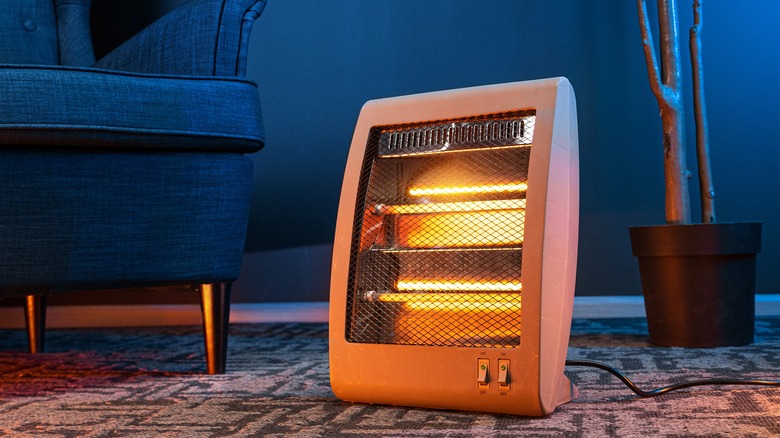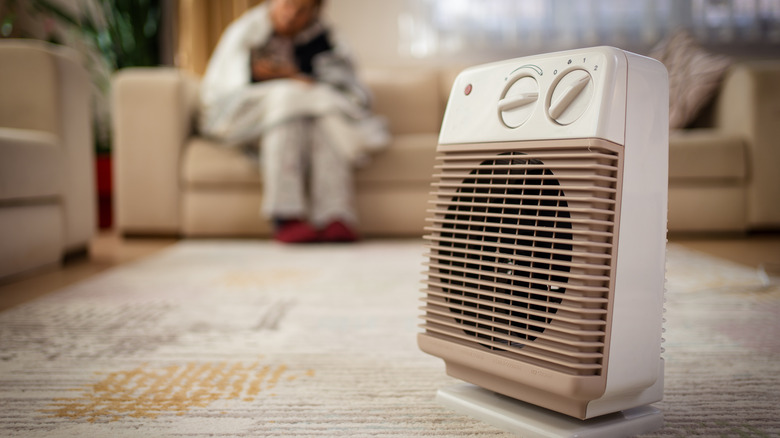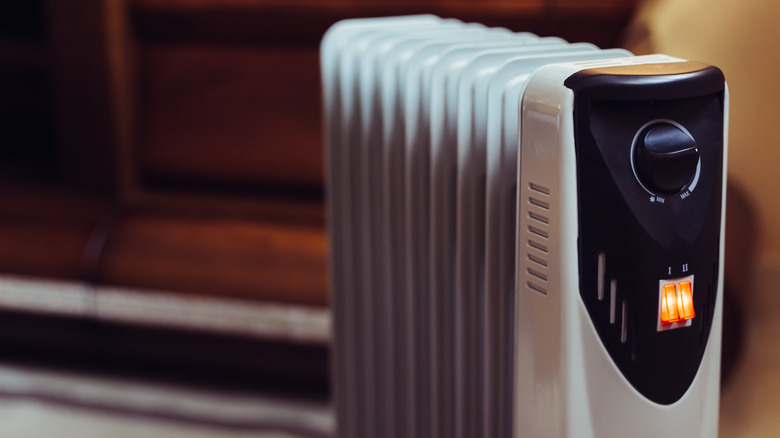The Difference Between Electric Radiators And Space Heaters (& Which Is Cheaper)
We may receive a commission on purchases made from links.
When you want to avoid running your furnace to heat the entire home, you might look for an option to only heat the room where you're spending a lot of time. A small heater can do the trick for you. Most people will be looking for an option they can plug into an outlet for convenience, so you'll be choosing between an electric radiator and a space heater. A budget-friendly space heater reduces energy costs versus running a furnace to heat the entire home, as does an electric radiator. If you are looking to purchase one of these heating options, how would you decide between the two? The biggest operational difference is that an electric radiator would heat a larger space slowly and evenly. When you want to heat up a small space quickly with a more direct type of heat, the space heater will do the job better.
Both space heaters and electric radiators that have a similar size often have a similar cost. However, if you want a smaller-than-average-sized space heater, it will be the cheapest one-room heating option. The 1,200 BTS cube-shaped space heater from Home Depot that's about 6 by 6 by 7.5 inches and costs around $40. Electric radiators aren't available at such a small size. The DeLonghi electric radiator that measures 15 by 7 by 18.5 inches costs about $100 at Home Depot. The Dr Infrared Heater, a similarly-sized space heater, also costs about $100 at Home Depot. Learn more about the pros and cons of space heaters and electric radiators.
Pros and cons of using an electric space heater
What are electric space heaters? These are all-electric models that use either convection or radiant heat generation. The convection unit forces the hot air into the room through a fan. The hot air then rises, further moving it throughout the room. A radiant space heater uses infrared energy to directly push heat forward into the room. Beyond the potential for cost savings, an electric space heater is appealing for some people to use because of the operational simplicity. Just plug it in, turn it on, and it starts making heat. Using an electric space heater instead of one that runs from propane or another type of combustible fuel can be significantly safer because the electric space heater cannot cause carbon monoxide poisoning like models that use combustible fuel (via Newair).
It's important to avoid mistakes when using a space heater, such as placing it too close to other objects. If the heat element is within 3 feet of a flammable object, it could start a fire. Space heaters are the cause of thousands of home fires each year. Additionally, it's important to remember to turn it off before going to sleep or leaving the room because of the fire hazard. In fact, some people consider them to be so dangerous that they recommend stopping the use of space heaters immediately.
What are the advantages and disadvantages of using an electric radiator?
An electric radiator may have oil, a thermal fluid, or a dry thermal element inside a ceramic core. The unit uses the electrical power to heat up the liquid or thermal element, which transfers the heat to the ceramic. The ceramic then slowly releases its heat into the room. It uses a series of fins, similar to a traditional radiator, to maximize the ceramic's surface area, making the release of heat into the air more efficient.
Like space heaters, electric radiators are easy to set up and use. You can move them to different rooms, but they don't have designs as small as space heaters, so some people prefer to leave them in place. When you have quite a few pieces of furniture in the room that block air flow or the direct heat that a space heater provides, the electric radiator that slowly releases heat into the room may be the better option. Perhaps the biggest benefit of an electric radiator is its ability to fully convert electricity into heat, which makes it cost effective to operate. However, an electric radiator does have a fire risk. The heated ceramic could cause a fire if it comes in contact with combustible material. The ceramic can reach a high temperature close to 140 degrees Fahrenheit (or 60 degrees Celsius), which can cause a first-degree burn after just a few seconds of contact. People need to use these heaters cautiously around kids and pets.


